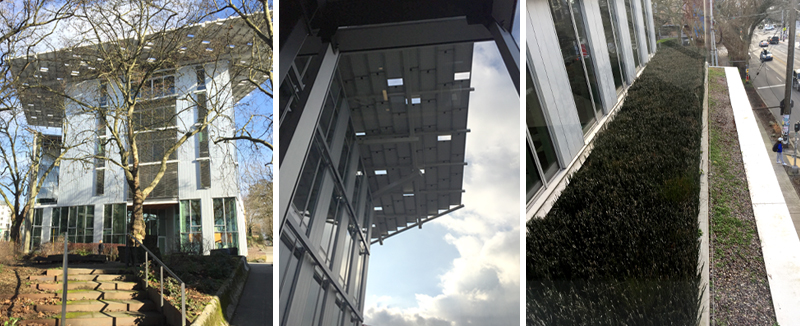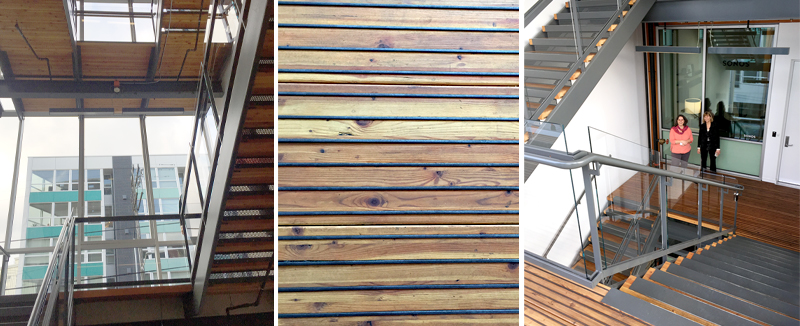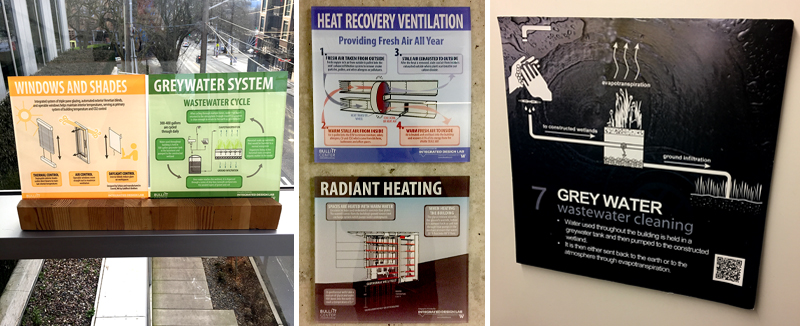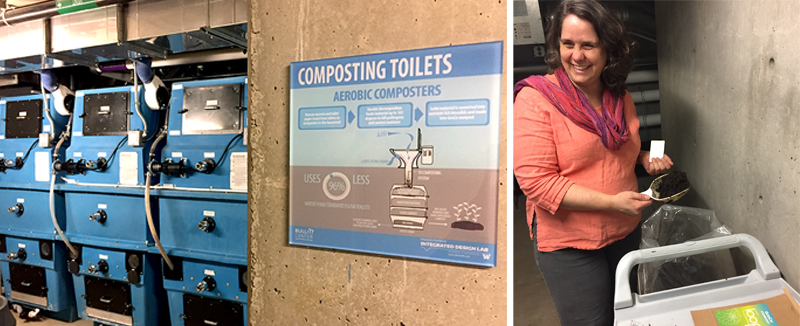A Future Worth Living | Editorial
Seattle's Bullitt Center, touted as “the greenest commercial building in the world” and an active example of the promise of design that is regenerative, illustrates possibility for the planet.
What does a Living Building actually look like? I found out while in Seattle for the 2019 American Library Association (ALA) Midwinter Meeting. There, I hiked up the hill to take a tour of the Bullitt Center, touted as “the greenest commercial building in the world,” and an active example of the promise of design that is regenerative.
Among the building’s tenants is the International Living Future Institute (ILFI), the nonprofit that created the Living Building Challenge, among other initiatives, to move the needle on creating a more resilient future. Kathleen Smith, VP of Living Buildings at ILFI, gave me and WebJunction’s Betha Gutsche an overview of the initiatives and a walking tour of the Bullitt Center.
“We see each building as a catalyst for change,” Smith said, noting that when one visits a Living Building the question at hand changes from “how do we do this to why isn’t every building like this?”
Indeed. There is a lot to see: from the “canopy” made of 575 solar panels on the rooftop and the integrated wastewater treatment to the aerobic composters in the basement that process the product of the foam-flush toilets. Then there are the “irresistible stairs” to encourage human activity. (See photos below.)
This experience dovetailed for me with conference activity, as this Midwinter marked ALA Council’s adoption of sustainability as a core value of the profession. While we are already innovating on how to talk about and create a deeper understanding of the facts around climate change, as our March feature package explores, this addition to the core values further enables librarians to take action on addressing climate change and resiliency with and on behalf of their communities. Models provided by the likes of the ILFI help us see the promise and the possibility.
 |
A winter view of the Bullitt Center. its solar "canopy," and a portion of a green roof that also cleans waste water |
 |
The "irresistable stair" encourages people to move their bodies, brings light, and is a tactile pleasure. |
 |
One can learn about the building throughout the via informational postings such as these. |
 |
Kathleen Smith shows the compost for garden and farm use that is produced by basement aerobic composters, which serve to reduce waste for the entire building. |

RELATED
The job outlook in 2030: Librarians will be in demand
The job outlook in 2030: Librarians will be in demand
ALREADY A SUBSCRIBER? LOG IN
We are currently offering this content for free. Sign up now to activate your personal profile, where you can save articles for future viewing






Add Comment :-
Be the first reader to comment.
Comment Policy:
Comment should not be empty !!!